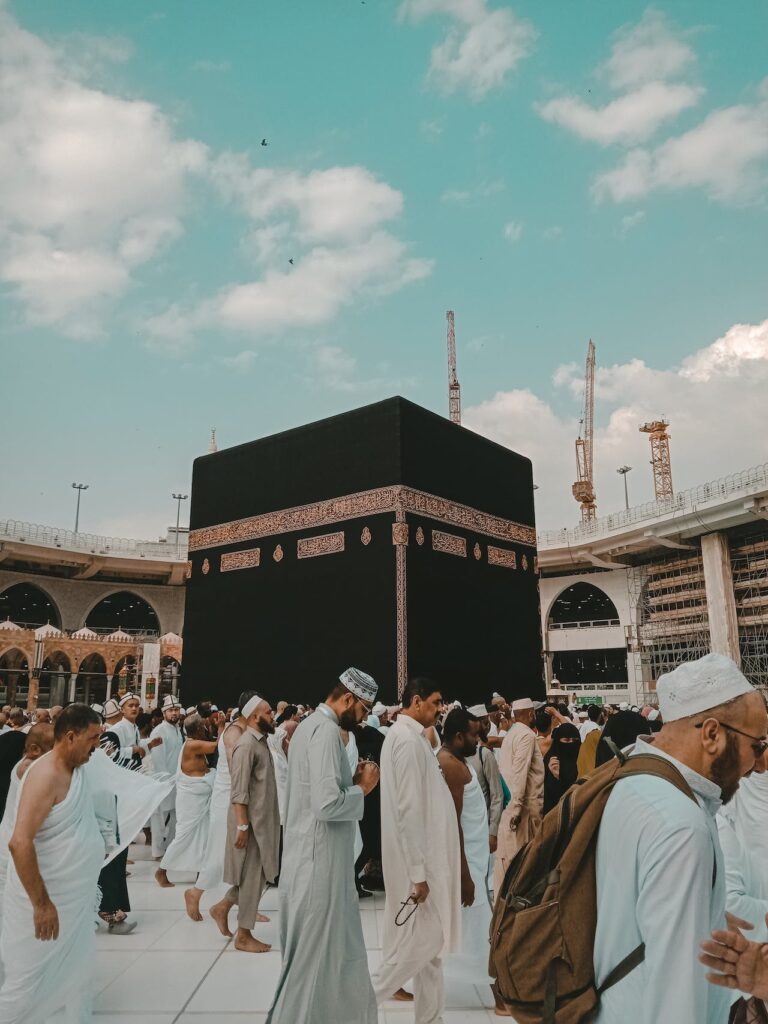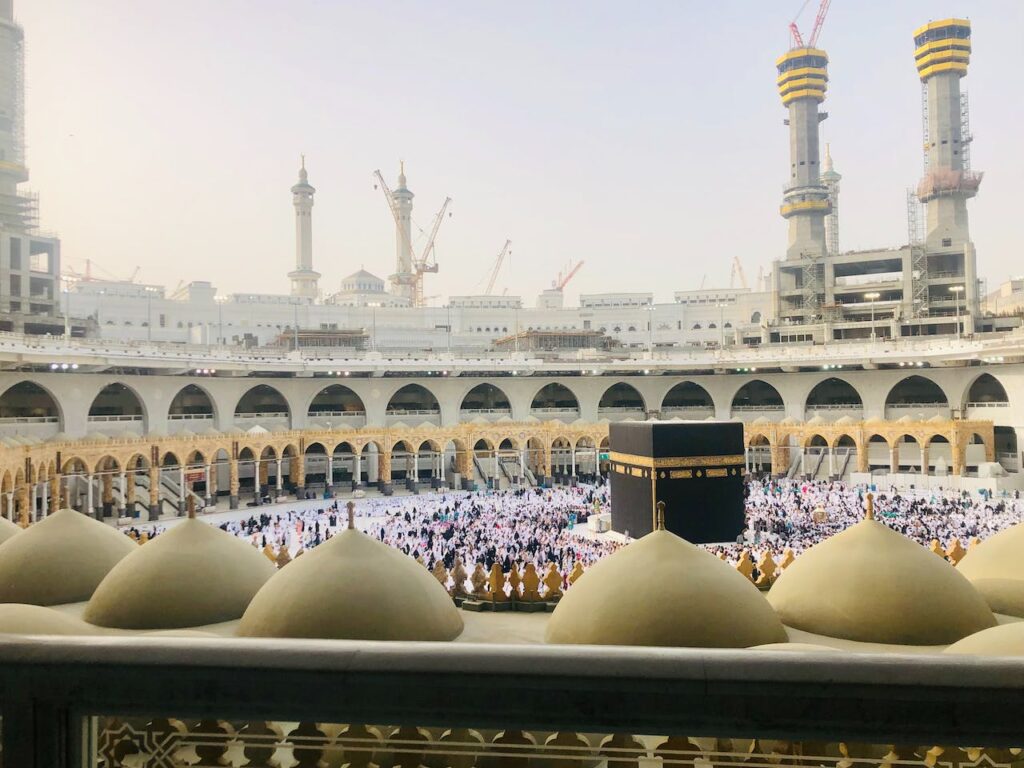Tawaf Ramal holds significant importance in the performance of Hajj and Umrah, the two most revered pilgrimages in Islam. This article aims to provide a comprehensive understanding of Ramal, exploring its origins, significance, and how it is performed. Ramal is a distinctive component of the Tawaf ritual, where pilgrims engage in a brisk,
confident walk during specific rounds around the Kaaba. Understanding the essence of Ramal will enhance one’s spiritual journey and deepen the connection to the sacred traditions of Islam.
Origins and Significance of Tawaf Ramal
The practice of Ramal dates back to the time of the Prophet Muhammad (pbuh) and holds historical significance. It is believed that the Prophet himself performed Tawaf during the conquest of Mecca. Ramal symbolizes strength, determination, and a sense of purpose in fulfilling the obligations of Hajj and Umrah.
Additionally, The confident and brisk walk during Tawaf signifies the devotion and commitment of the pilgrims toward their faith.
Performing Tawaf Ramal
Ramal is performed during the initial three rounds of Tawaf after the pilgrims complete the Istilam (kissing or pointing towards the Black Stone). To perform Ramal, the male pilgrims, wearing their Ihram attire, uncover their right shoulder and maintain a confident pace as they complete the rounds around the Kaaba. They raise their hands to chest level during each circuit and walk briskly.
However,
Female pilgrims, on the other hand, are not required to uncover their shoulders and perform Tawaf Ramal at a noan averageking pace.
It is important to note that Tawaf Ramal is not obligatory but recommended, and the pilgrims may choose to perform it if physically capable.
Spiritual Reflections of Tawaf Ramal
It offers a profound spiritual experience for pilgrims. The brisk pace during Tawaf serves as a reminder of the urgency and enthusiasm should strive to fulfill their religious duties. It symbolizes the strength and resilience required to overcome the challenges faced in life’s journey. Moreover, the physical act of Ramal inspires a sense of unity and equality among the pilgrims, as they walk shoulder to shoulder,
irrespective of their social status or nationality, emphasizing the universal brotherhood in Islam.
Key Takeaways
- Tawaf Ramal is a significant ritual of Hajj and Umrah, where pilgrims engage in a brisk walk during rounds around the Kaaba.
- The practice of Ramal dates back to the time of the Prophet Muhammad (pbuh) and holds historical significance.
- It symbolizes strength, determination, and a sense of purpose in fulfilling the obligations of Hajj and Umrah.
- Male pilgrims uncover their right shoulder and maintain a confident pace during Tawaf, while female pilgrims perform it at an average walking pace without disclosing their shoulders.
- Ramal serves as a reminder of the urgency and enthusiasm believers should strive to fulfill their religious duties.
- The physical act of Ramal promotes unity and equality among pilgrims, emphasizing the universal brotherhood in Islam.
- Ramal is not obligatory but recommended, and pilgrims may choose to perform it if physically capable.
- Engaging in Ramal allows pilgrims to connect with the rich history of Islam.
- It reinforces the spiritual bond between pilgrims and their Creator, providing a profound and transformative experience.
Conclusion
In conclusion, Tawaf Ramal is a remarkable aspect of the Tawaf ritual, adding a unique dimension to the spiritual journey of Hajj and Umrah. By performing Ramal, pilgrims emulate the actions of the Prophet Muhammad (pbuh) and connect with the rich history of Islam. This ritual serves as a reminder of the strength, dedication, and unity that underpin the faith of millions of Muslims around the world. Engaging in Ramal encourages deep reflection,
fostering a greater understanding of the significance of the Hajj and Umrah pilgrimages and reinforcing
the spiritual bond between the pilgrims and their Creator.






